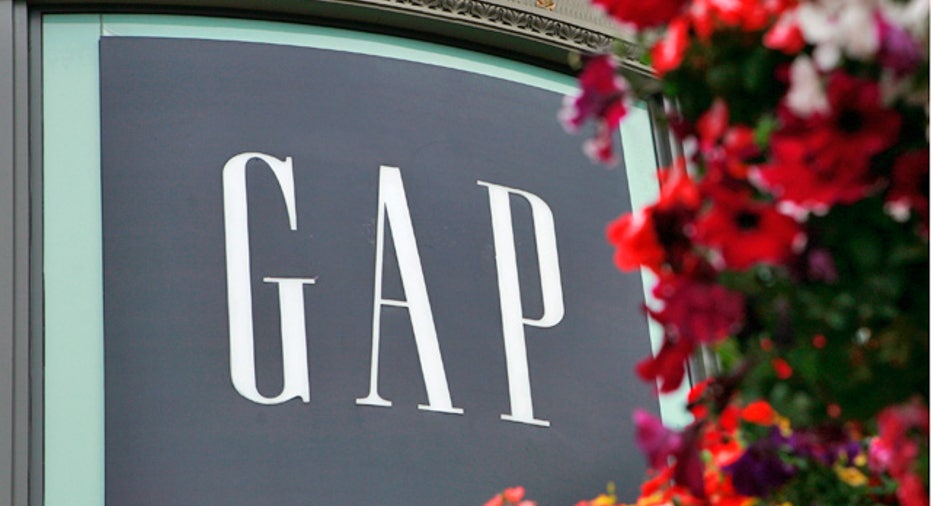Gap Cites Inflation Pressures in Outlook Cut

Hurt by higher costs for cotton and other raw materials, and weaker comparable sales across all of its geographical regions, Gap (NYSE:GPS) said late Thursday that its first-quarter profit slipped 23%, leading the company to slash its fiscal outlook.
Recognizing the pressure of higher-than-expected cost inflation, Gap cut its full-year view to a range of $1.40 to $1.50 a share from its earlier forecast of $1.88 to $1.93 a share. Wall Street is currently looking for a profit of $1.83.
The apparel retailer posted net income of $233 million, or 40 cents a share, compared with $302 million, or 45 cents, in the same quarter last year.
Revenue for the three months ended April 30 was $3.29 billion, down 1% from $3.33 billion a year ago. The decrease was due primarily to negative impacts from the March 11 earthquake and tsunami in Japan and a 3% drop in comparable sales, partially offset by an 18% improvement in online sales, to $348 million.
While international comparable sales were impacted largely by the events in Japan, sales in its Old Navy North America, Banana Republic North America and Gap North America units also declined.
The quarterly performance was slightly ahead of average analyst estimates polled by Thomson Reuters of 39 cents for earnings on sales of $3.26 billion.
“While we acknowledge that costing pressure is impacting our business, we’re working hard to navigate this short-term macro challenge to our profitability in the current fiscal year,” said Gap CEO Glenn Murphy. “We are disappointed in our quarterly performance, however remain invigorated by the opportunities ahead.”
The company, which has laid out a strategic overhaul plan designed to bolster sales in North America, while investing in long-term global and online initiatives, said it continued to make “necessary changes” during the quarter both organizationally and operationally to simplify decision-making and speed growth and execution.
As part of that plan, the company launched a Gap store on China’s largest e-commerce website, Taobao Mail, and opened another Gap store in Beijing. Franchise net sales climbed 43% year-over-year.
During the last period, Gap formed a global creative center in New York, started searching for a new head of adult product design and combined its international operations into one division based out of London.